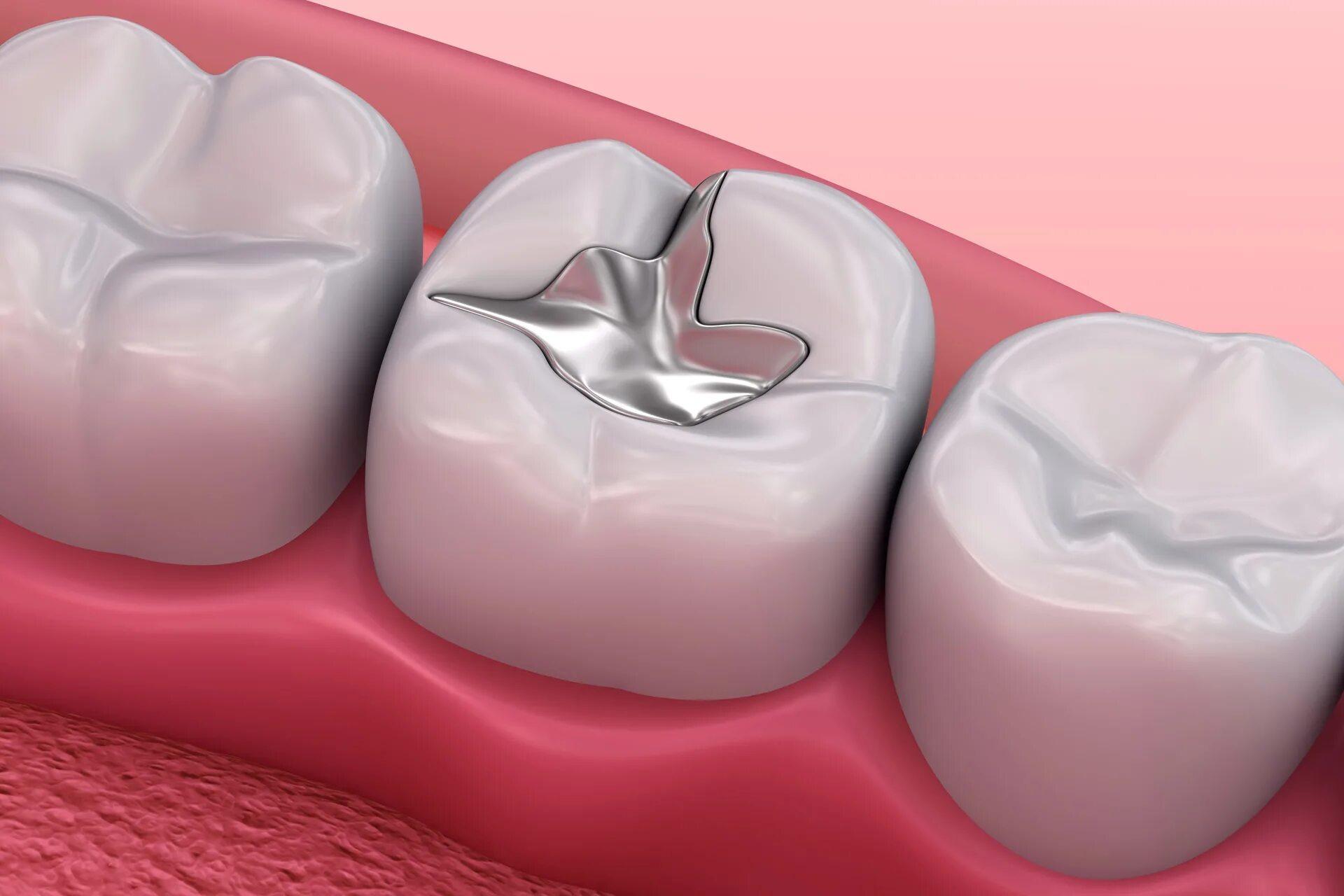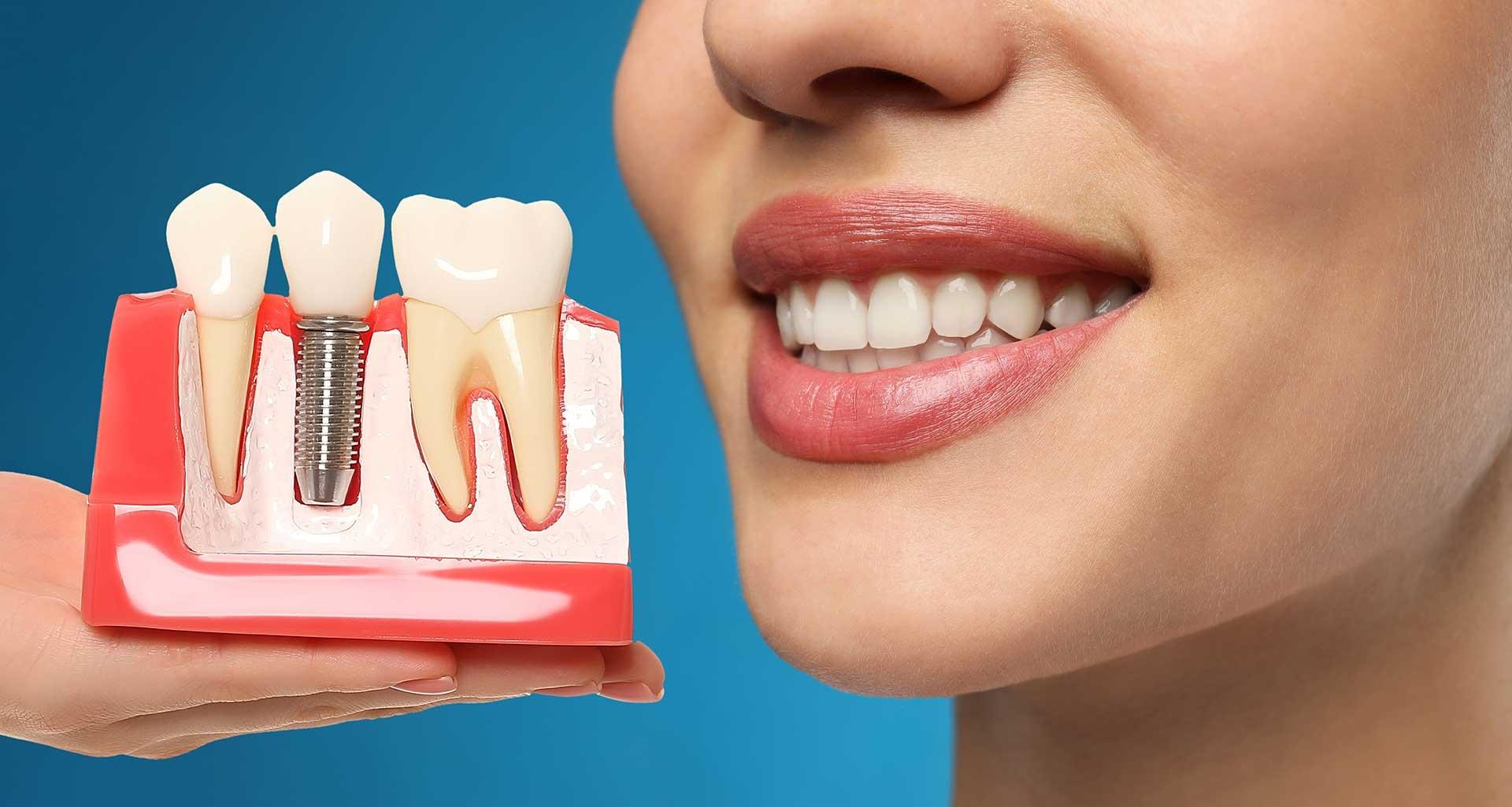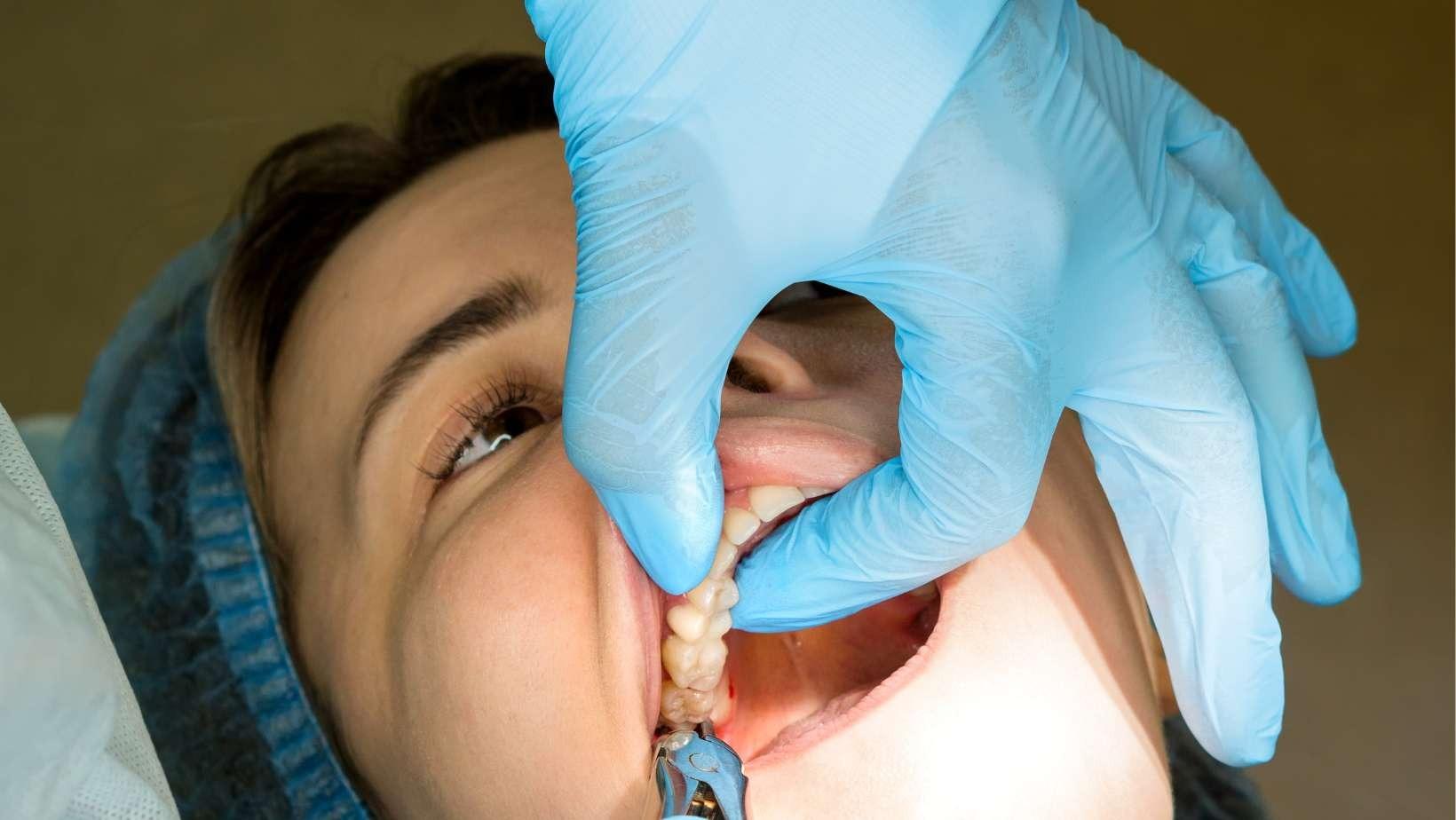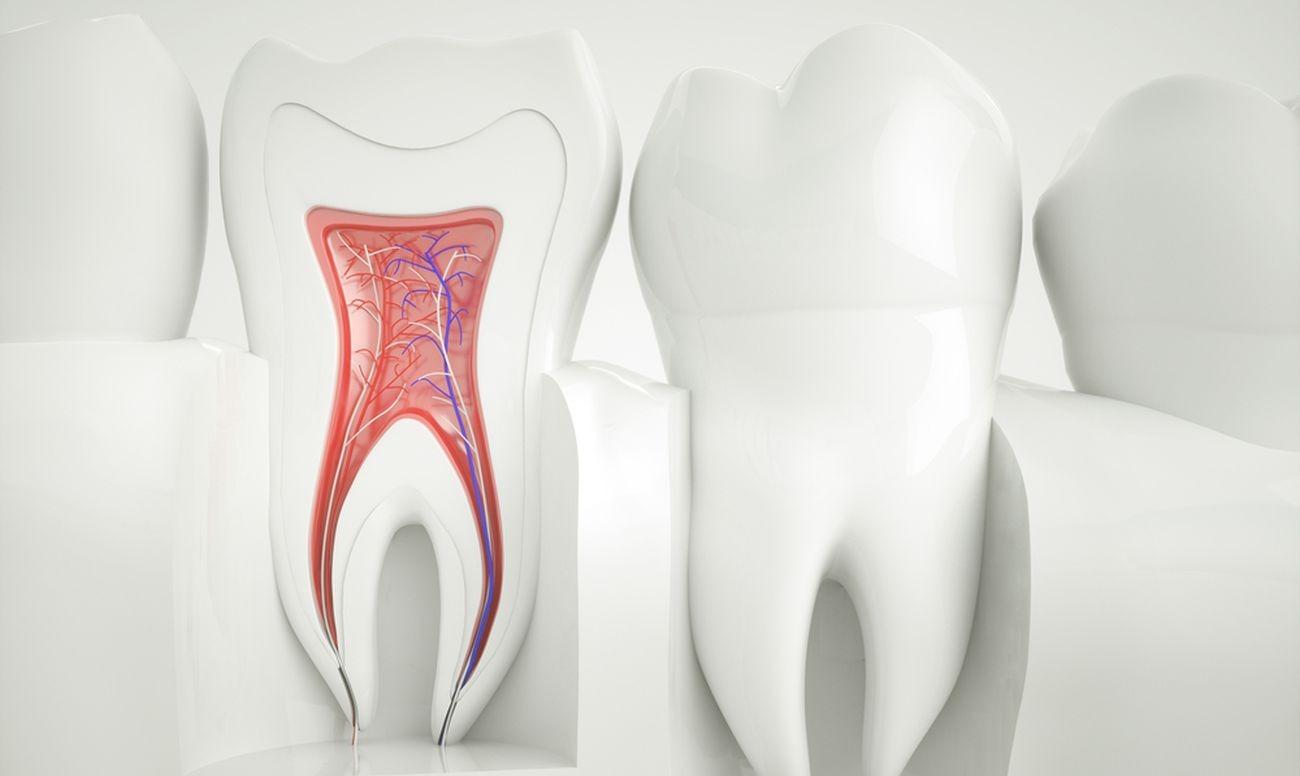Dental fillings are one of the most common restorative treatments used to repair teeth damaged by decay, wear, or minor fractures. When a cavity forms, a dentist removes the decayed portion of the tooth and fills the space with a durable material, such as composite resin, amalgam, gold, or porcelain. This process not only restores the tooth’s natural shape and function but also prevents further decay and discomfort.
However, dental fillings are not designed to last forever. Their longevity varies depending on several factors, including the type of filling material used, how well you maintain your oral hygiene, the location of the filling, and your daily habits such as grinding teeth or chewing hard foods.
In this article, we’ll explore how long different types of dental fillings typically last, what factors can shorten or extend their lifespan, and practical tips to help you make your fillings last as long as possible. By understanding these aspects, you can better protect your dental investment and maintain a healthy, confident smile for years to come.
Types of Dental Fillings and Their Average Lifespan
Dental fillings come in various materials, each offering different advantages in terms of durability, appearance, and cost. Understanding how long each type typically lasts can help you choose the best option for your oral health needs and budget.
Amalgam Fillings
Amalgam fillings, made from a blend of metals including silver, mercury, tin, and copper, are known for their strength and long-lasting performance. They can typically last between 10 to 15 years, or even longer with proper care. However, their metallic color makes them less appealing aesthetically, especially for visible teeth.
Composite Fillings
Composite resin fillings are popular for their natural, tooth-colored appearance. They blend seamlessly with your existing teeth, making them ideal for front or visible areas. On average, composite fillings last about 5 to 10 years. While they offer excellent aesthetics, they are more prone to wear and may require earlier replacement compared to metal-based options.
Gold Fillings
Gold fillings are one of the most durable and reliable choices available. Resistant to corrosion and wear, they can last anywhere from 15 to 30 years or more. Despite their longevity and strength, their high cost and noticeable appearance make them a less common choice for most patients today.
Ceramic or Porcelain Fillings
Ceramic fillings, often made from porcelain, combine durability with an excellent natural look. They resist staining and are well-suited for people seeking both strength and aesthetics. Typically, these fillings last around 10 to 20 years when properly maintained.
Glass Ionomer Fillings
Glass ionomer fillings are made from acrylic and glass powder, releasing fluoride to help protect the tooth from further decay. They’re generally used for children’s teeth or areas that don’t bear heavy chewing pressure. Their average lifespan is around 5 years, making them a more temporary solution compared to other filling materials.
Factors That Affect the Lifespan of Fillings

The longevity of dental fillings isn’t determined by the material alone several personal and environmental factors play a major role. Understanding these can help you maintain your fillings for as long as possible and avoid early replacement.
Material Used
Different filling materials have varying levels of strength and resistance to wear. For instance, gold and amalgam fillings tend to last much longer due to their durability, while composite and glass ionomer fillings, though more aesthetic, may wear down faster. Choosing the right material for your dental needs directly impacts how long your filling will last.
Location of the Filling
Where the filling is placed in your mouth makes a big difference. Fillings on back teeth (molars) endure constant chewing pressure and grinding, which can shorten their lifespan. In contrast, fillings on front teeth usually experience less force and therefore tend to last longer.
Oral Hygiene Habits
Good oral hygiene is essential for prolonging the life of your fillings. Brushing twice daily, flossing, and scheduling regular dental checkups help prevent new decay from forming around the filling. Neglecting these habits can cause bacteria buildup and compromise the integrity of both the filling and the tooth.
Diet and Lifestyle
What you eat and how you live also affect your fillings. Frequently consuming sugary or acidic foods and drinks can erode tooth surfaces and weaken fillings. Habits like teeth grinding (bruxism), nail-biting, or smoking can cause cracks, chips, or discoloration, reducing the filling’s effectiveness over time.
Dentist’s Skill and Application Technique
The quality of the dental work matters just as much as the material. A skilled dentist ensures the filling is properly shaped, bonded, and sealed to the tooth structure. Poor placement or inadequate bonding can lead to gaps, leakage, and early failure of the filling.
Signs Your Dental Filling Needs Replacement

Even the most durable dental fillings eventually wear out or become damaged over time. Recognizing the early signs of a failing filling can help you seek timely dental care and prevent more serious issues like decay or infection.
Sensitivity to Hot or Cold Foods
If you notice sudden sensitivity when consuming hot, cold, or sweet foods, it may indicate that your filling has worn down or developed tiny gaps. These gaps can expose the underlying tooth structure, allowing temperature changes to reach the nerves inside.
Pain or Pressure When Chewing
Discomfort or pain while biting or chewing can signal that your filling is loose, cracked, or no longer fitting properly. Continued pressure on a damaged filling can cause further tooth fractures or even lead to infection if bacteria seep in.
Visible Cracks, Chips, or Discoloration
Over time, fillings can crack, chip, or become discolored, especially if made of composite resin. Visible damage not only affects appearance but also weakens the protection of the tooth, leaving it vulnerable to decay.
Food Getting Stuck Around the Filled Tooth
If food frequently gets trapped between or around your filled tooth, it could mean the filling has worn down or shifted slightly. This creates spaces where bacteria can collect, increasing the risk of cavities or gum irritation.
Tips to Extend the Life of Your Fillings
While dental fillings are designed to be durable, their lifespan largely depends on how well you care for them. By following good oral habits and making mindful lifestyle choices, you can help your fillings last for many years.
Maintain Good Oral Hygiene
Brush your teeth at least twice a day using fluoride toothpaste and floss daily to remove food particles and plaque buildup. This prevents new cavities from forming around the filling and keeps your entire mouth healthy. Rinsing with an antibacterial mouthwash can also reduce harmful bacteria that may weaken fillings over time.
Avoid Biting Hard Foods or Using Teeth as Tools
Chewing on ice, hard candies, or pen caps can cause cracks or chips in your fillings. Similarly, using your teeth to open packages or bottles puts unnecessary stress on both the filling and the natural tooth. Treat your teeth gently to maintain their strength and integrity.
Visit Your Dentist Regularly for Checkups
Regular dental visits (every six months) allow your dentist to check the condition of your fillings and detect early signs of wear or leakage. Timely maintenance or replacement prevents small problems from turning into major dental issues.
Address Grinding or Clenching Habits (Bruxism)
Teeth grinding or clenching especially during sleep can wear down fillings and cause fractures. If you suffer from bruxism, talk to your dentist about getting a custom night guard to protect your teeth and fillings from excessive pressure.
When to Visit Your Dentist
Regular dental visits play a crucial role in maintaining the health and longevity of your fillings. Even if your fillings seem fine, it’s important to schedule routine dental exams every six months. During these checkups, your dentist can detect early signs of wear, cracks, or leakage that you might not notice on your own. Identifying these issues early allows for quick repair or replacement before they develop into bigger problems.
Timely replacement of a worn or damaged filling helps prevent bacteria from entering the tooth and causing further decay or infection. It also reduces the risk of tooth fractures, which can require more complex and costly treatments like crowns or root canals. Regular professional care ensures your fillings continue to protect your teeth effectively, keeping your smile strong and healthy for years to come.
Conclusion
With proper care and regular dental visits, dental fillings can last for many years sometimes even decades. Their longevity depends on factors such as the type of material used, oral hygiene practices, and overall lifestyle habits. By brushing and flossing daily, avoiding hard foods, and addressing issues like teeth grinding, you can significantly extend the life of your fillings.
Regular dental checkups allow your dentist to monitor the condition of your fillings and catch early signs of wear or damage before they lead to more serious problems. A little preventive care goes a long way toward preserving your smile, protecting your natural teeth, and maintaining long-term oral health.
FAQs
1. How long do dental fillings usually last?
Dental fillings can last anywhere from 5 to 15 years, depending on the material used. Amalgam and gold fillings last the longest, while composite ones may need earlier replacement. Good oral hygiene and regular dental visits can extend their lifespan.
2. What causes dental fillings to wear out faster?
Fillings wear out faster due to poor oral hygiene, teeth grinding, or chewing hard foods. requent exposure to acidic or sugary foods can also weaken them over time. Regular dental checkups help detect early signs of damage or leakage.
3. Can old fillings cause tooth pain?
Yes, worn or damaged fillings can lead to tooth sensitivity or discomfort. This happens when bacteria leak beneath the filling or the tooth structure weakens. Your dentist can repair or replace the filling to relieve pain and prevent decay.
4. How do I know if my filling needs replacement?
Watch for pain, sensitivity, discoloration, or chips around the filled tooth. Food getting stuck in the area can also signal a problem. A dentist can confirm whether the filling is loose, cracked, or leaking.
5. How can I make my dental fillings last longer?
Brush and floss daily, and avoid biting hard foods or ice. Schedule regular dental cleanings and exams to monitor filling health. Using a night guard can also help if you grind your teeth during sleep.





